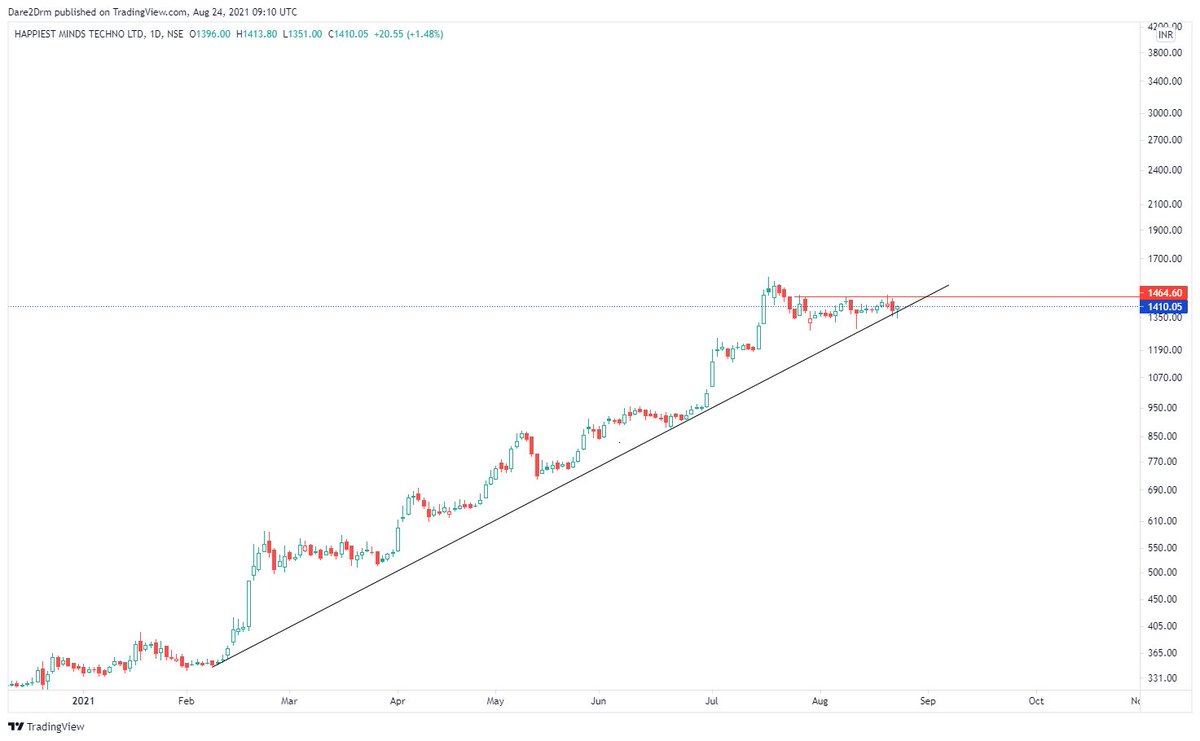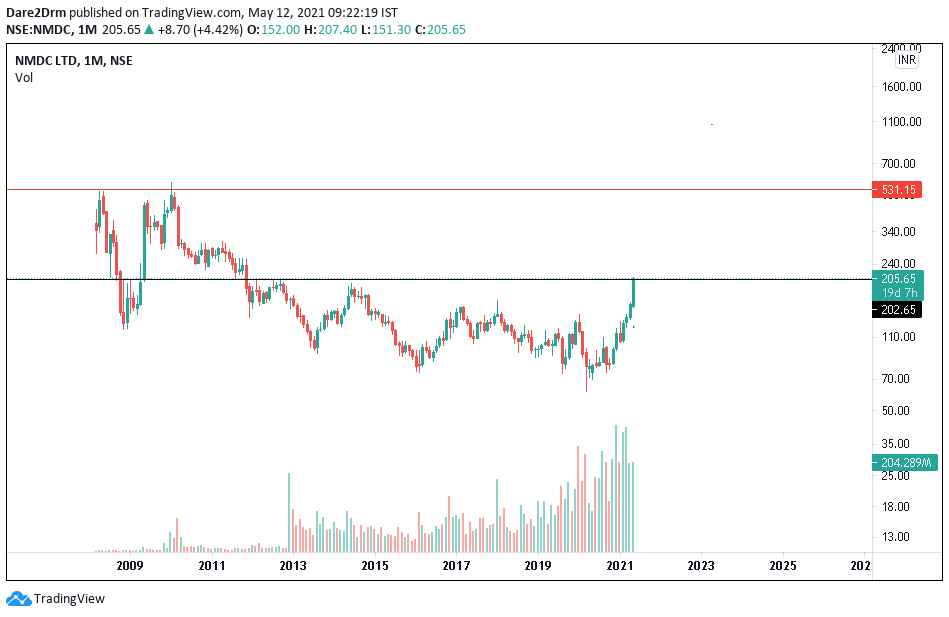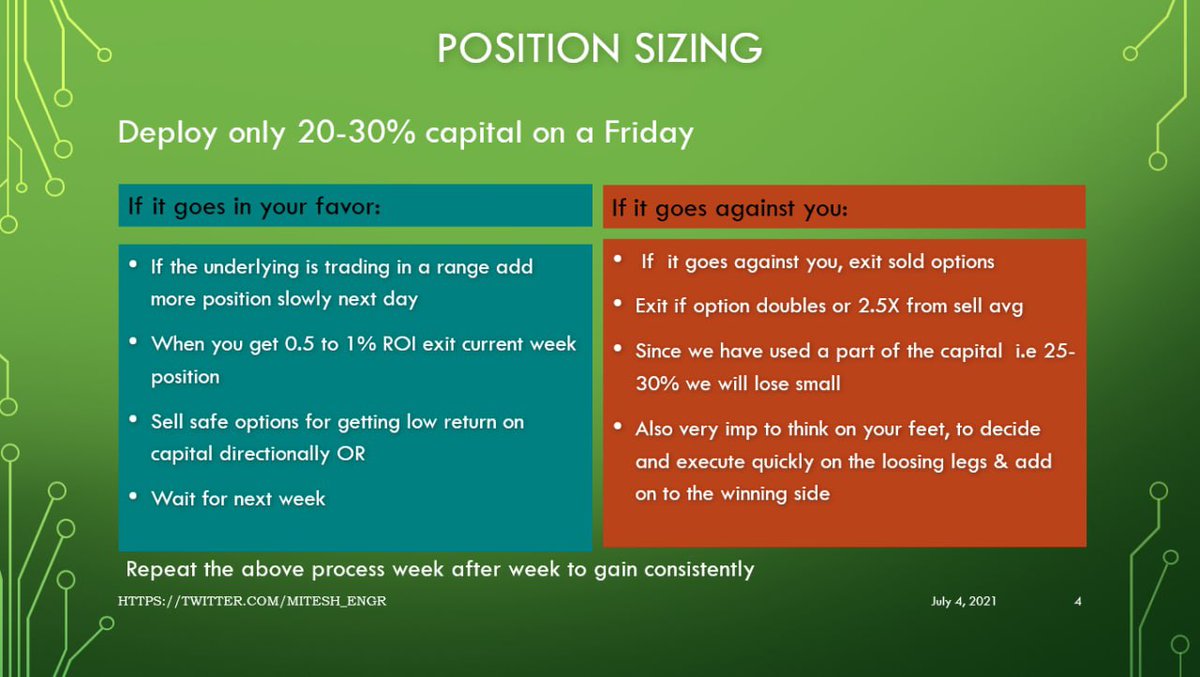#NMDC the first targets done. 25% in one trading week. If the stocks breaks today low, watch out. A move above todays high - bigger targets open up.
#NMDC the stock is at supports. A clean break out above 160, this could do well. My stops on this one could be 148, if the break out get triggered#Dare2DRM #Watchlist pic.twitter.com/pGG7qj5IhP
— Dare2Dream (@Dare2Dr10109801) May 1, 2021
More from Dare2Dream
More from Nmdc
NMDC from 154 to 178..up 16%...next major resistance at 200
NMDC (cmp154) has broken 7 years of falling resistance line supply zone with strong volumes ...140 strong support zone looks good in short to medium term
— Ashish Chaturmohta (@AshishChatur) April 30, 2021
China is discouraging exports, looking to support domestic demand while restricting supply to reduce emissions. pic.twitter.com/lrfHdOiZXx

























